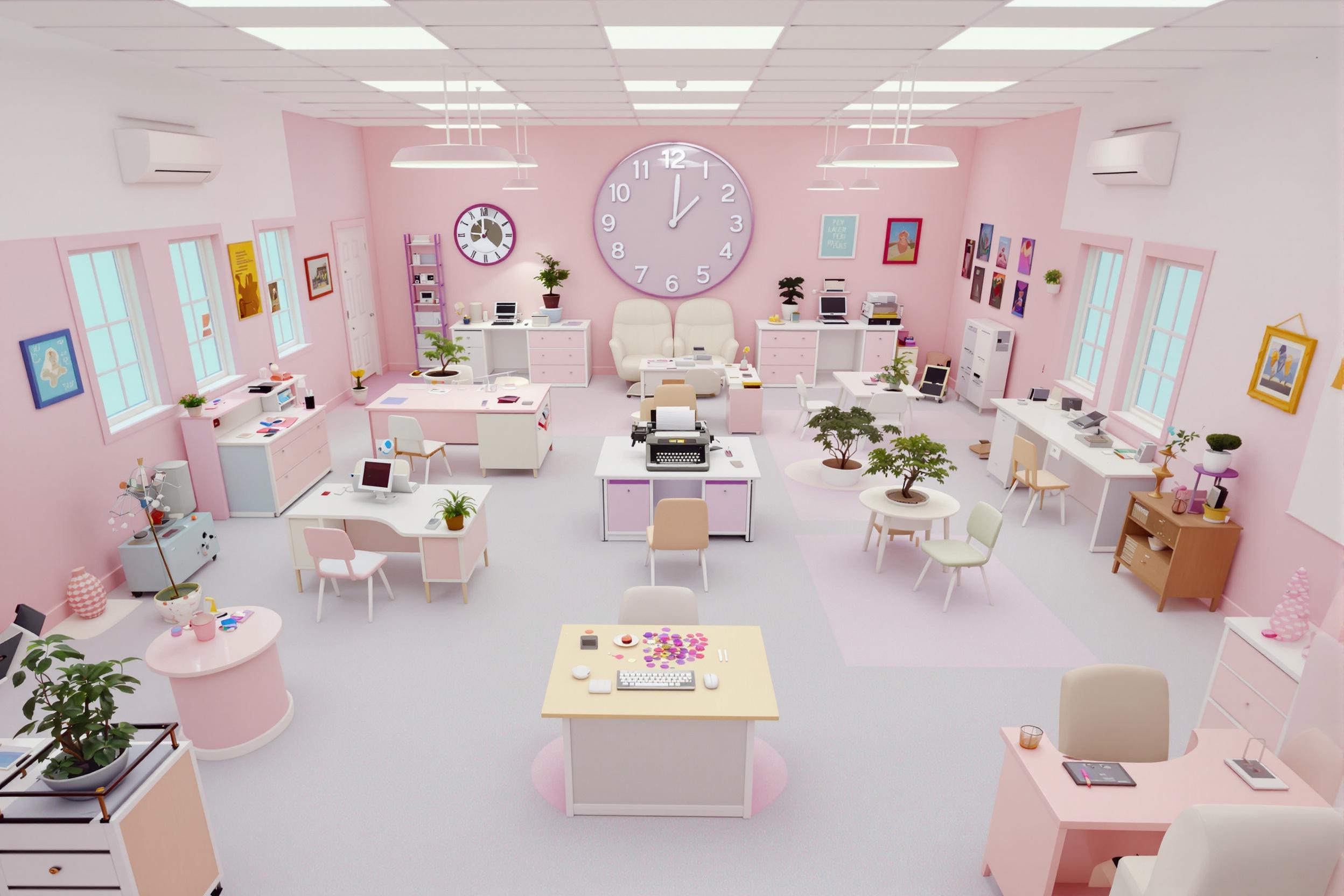
Projection Mapping
Projection Mapping is a creative technology that turns ordinary surfaces like buildings, stages, or objects into display screens for moving images. Think of it as a sophisticated light show that makes surfaces come alive with videos and animations that perfectly fit their shape. Artists and technicians use special software to create these displays, which are commonly seen at concerts, festivals, theater productions, and art installations. You might also hear it called 'video mapping' or 'spatial augmented reality.' It's becoming increasingly popular for both permanent installations in museums and temporary events like product launches or building celebrations.
Examples in Resumes
Created immersive Projection Mapping installation for city museum's main facade
Designed and executed Video Mapping show for major brand product launch
Led team of artists in developing Projection Mapping and Spatial Augmented Reality content for international music festival
Typical job title: "Projection Mapping Artists"
Also try searching for:
Where to Find Projection Mapping Artists
Online Communities
Professional Networks
Events & Festivals
Example Interview Questions
Senior Level Questions
Q: Can you describe a challenging projection mapping project you managed and how you solved technical issues?
Expected Answer: Look for answers that demonstrate leadership in complex projects, problem-solving abilities with equipment or client demands, and experience managing teams while meeting deadlines.
Q: How do you approach site surveys and technical planning for large-scale projections?
Expected Answer: Candidate should explain their process for evaluating locations, measuring surfaces, calculating equipment needs, and planning for various environmental factors.
Mid Level Questions
Q: What software tools do you use for projection mapping, and why?
Expected Answer: Should be able to discuss different software options, their specific uses, and demonstrate knowledge of industry-standard tools for both content creation and projection.
Q: How do you ensure your projection mapping works well in different lighting conditions?
Expected Answer: Should discuss experience with testing in various environments, understanding of lumens requirements, and methods for adapting to ambient light.
Junior Level Questions
Q: What's your process for creating content for projection mapping?
Expected Answer: Should be able to explain basic workflow from concept to final projection, including content creation and basic mapping techniques.
Q: Can you explain the basic equipment needed for a small projection mapping setup?
Expected Answer: Should demonstrate understanding of basic requirements: projectors, media servers, content creation software, and basic mapping tools.
Experience Level Indicators
Junior (0-2 years)
- Basic content creation
- Simple surface mapping
- Understanding of projection equipment
- Basic animation skills
Mid (2-5 years)
- Advanced content creation
- Multiple projector setups
- Complex surface mapping
- Event coordination
Senior (5+ years)
- Large-scale project management
- Technical direction
- Team leadership
- Client relationship management
Red Flags to Watch For
- No portfolio of previous projection work
- Lack of experience with industry-standard software
- No understanding of basic projection equipment
- Poor knowledge of content creation tools
Need more hiring wisdom? Check these out...

Unlocking Team Potential: Personality Mapping for Dynamic Management

Virtual Reality in Certification Exams: How VR is Transforming Specialized Training

Step Into Our World: How Pre-Recorded Virtual Workplace Tours Are Changing The Recruitment Game

